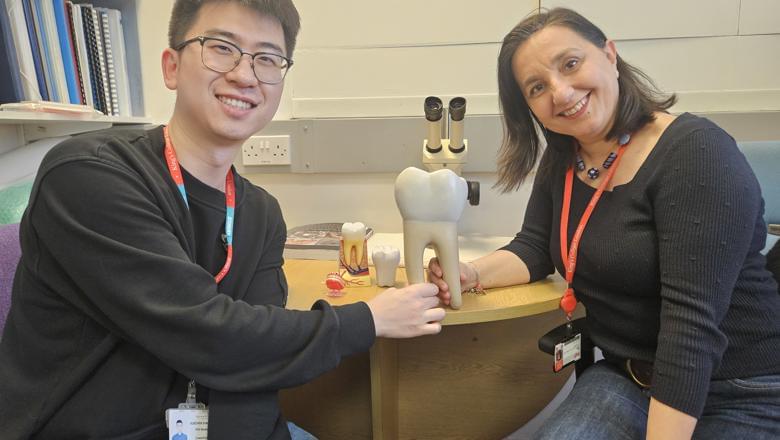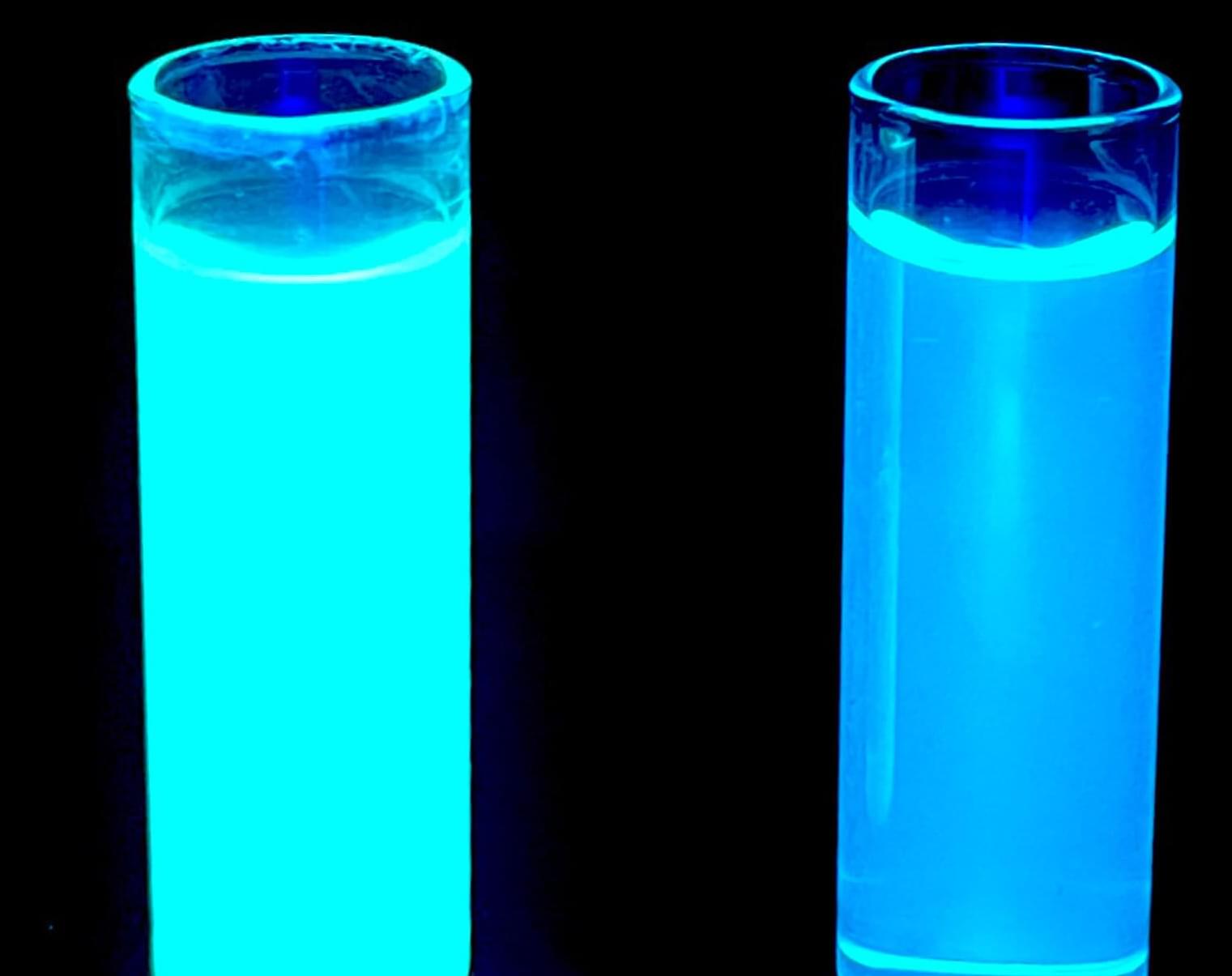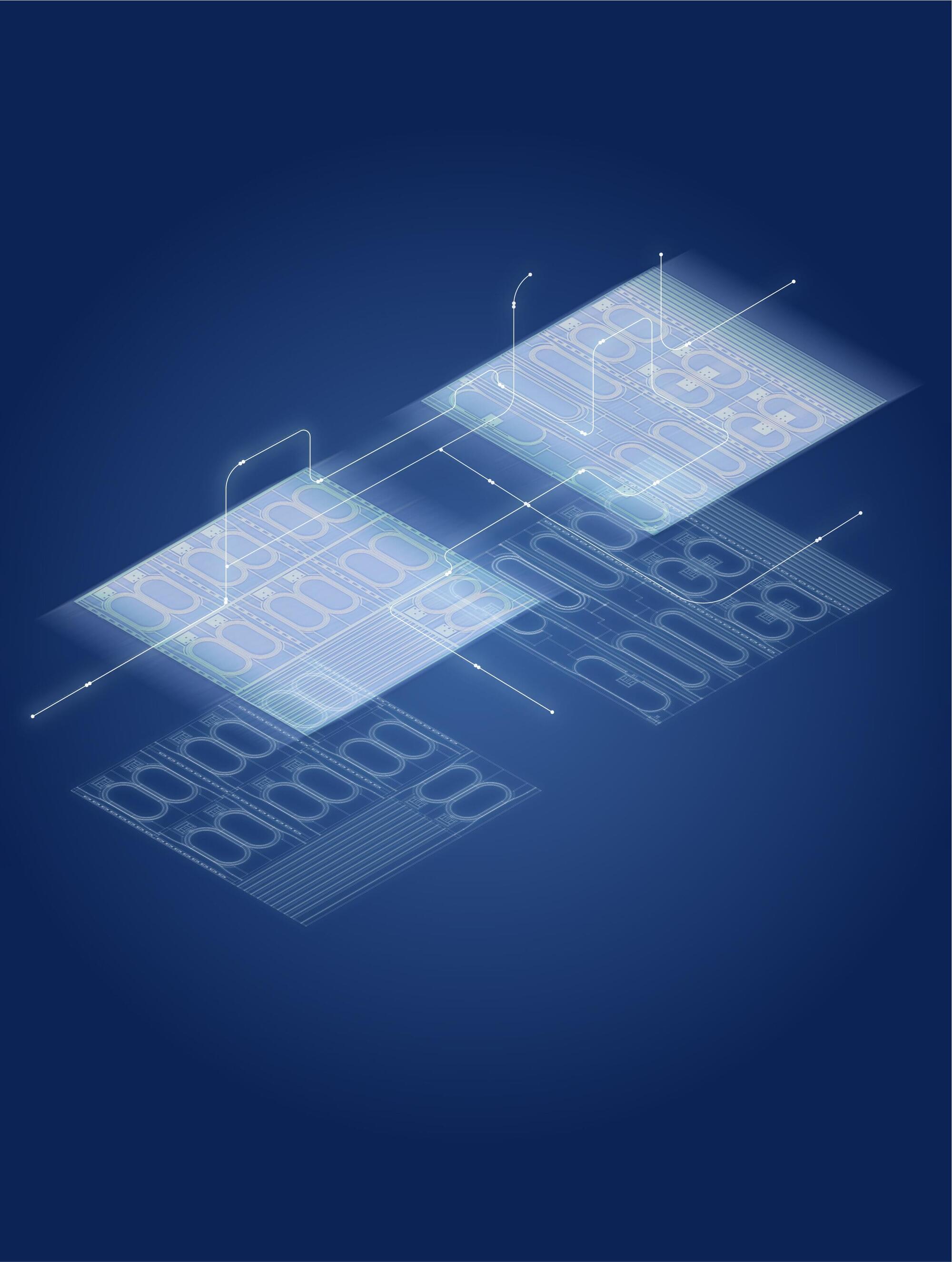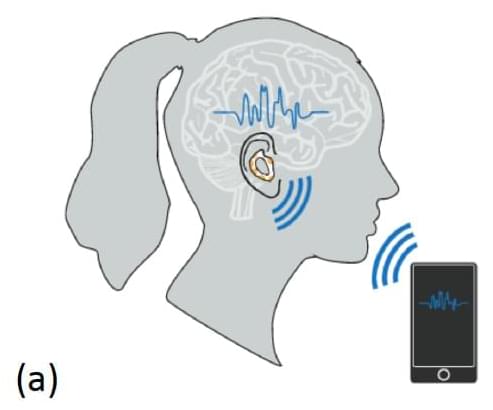Adults could one day grow their own replacement teeth instead of having fillings – as scientists make a key discovery.



Imagine tiny LEGO pieces that automatically snap together to form a strong, flat sheet. Then, scientists add special chemical “hooks” to these sheets to attach glowing molecules called fluorophores.
Associate Professor Gary Baker, Piyuni Ishtaweera, Ph.D., and their team have created these tiny, clay-based materials—called fluorescent polyionic nanoclays. They can be customized for many uses, including advancing energy and sensor technology, improving medical treatments and protecting the environment.
The work is published in the journal Chemistry of Materials.

Physicists at Harvard John A. Paulson School of Engineering and Applied Sciences (SEAS) have created a compact laser that emits extremely bright, short pulses of light in a useful but difficult-to-achieve wavelength range, packing the performance of larger photonic devices onto a single chip.
Published in Nature, the research is the first demonstration of an on-chip, picosecond, mid-infrared laser pulse generator that requires no external components to operate.
The device can make what’s called an optical frequency comb, a spectrum of light consisting of equally spaced frequency lines (like a comb), used today in precision measurements. The new laser chip could one day speed the creation of highly sensitive, broad-spectrum gas sensors for environmental monitoring, or new types of spectroscopy tools for medical imaging.
Dr. Aubrey de Grey reveals why reversing aging may be easier than slowing it down in this mind-expanding conversation that challenges conventional wisdom about human longevity. The renowned biomedical gerontologist outlines his damage repair approach that’s gaining mainstream scientific acceptance after initial skepticism.
The financial landscape of longevity research has dramatically transformed, with billions flowing into the space. Dr. de Grey provides an insider’s assessment of major players including HEvolution (Saudi-backed), Altos Labs (Bezos-funded), Calico (Google-funded) and Retro Biosciences (Sam Altman’s venture), offering candid insights about which approaches show the most promise and why Google’s Calico has struggled despite substantial resources.
Regulatory innovation emerges as a crucial accelerator for progress. Montana’s groundbreaking expansion of Right to Try legislation now allows anyone to access treatments that have passed FDA safety trials, while special economic zones like Prospera in Honduras are creating regulatory environments specifically designed for biomedical innovation. These developments could create the competitive pressure needed to modernize traditional regulatory structures worldwide.
At the LEV Foundation, Dr. de Grey is conducting a thousand-mouse study combining four different damage repair interventions in middle-aged mice, aiming for a full year of life extension—far beyond the four months typically achieved. Unlike conventional approaches that rely on dietary modifications, this ambitious project incorporates advanced cell and gene therapies that target multiple forms of age-related damage simultaneously.
Looking forward, Dr. de Grey offers his characteristic probabilistic prediction: a 50–50 chance of reaching \.


The p-Tau217 biomarker is one of the most exciting advances in neurology for decades, giving us a new opportunity to accurately predict and potentially prevent (or at least substantially delay) MCI and Alzheimer’s. That it rises so early in the course of the disease—which incubates over 20 years—gives us a long runway of opportunity to intervene, be it with lifestyle factors or drugs. I now refer to the former as lifestyle plus because it is no longer just about the details of diet, exercise and sleep. There are several other dimensions of modifiable factors.
An APOE4 allele or a polygenic risk score for Alzheimer’s tests are binary. They only tell us if a person has increased risk (yes or no) but not when. It makes a huge difference if that at age 98 or 68. With serial assessment of p-Tau217 (several months or years apart) as part of a comprehensive assessment using multimodal A.I., it is very likely that the temporal plot (see Figures under Question 2 above) can be defined at the individual level. I lay out the blueprint for this and lifestyle plus fully in Super Agers. Individuals with elevated p-Tau217 at high-risk many years before the onset of any symptoms creates a new path for surveillance and prevention. Multiple new drugs are in the pipeline to be part of a prevention program.
Even though it intuitively appears to be the case, more work needs to be done to determine whether lowering one’s p-Tau217 will alter the brain plaque progression and be seen as a disease-modifier. Clearly there is now a hunt for even better blood tests that may one day supersede p-Tau217 or be in a panel with it.
Former urology instructor Seung-min Park won an Ig Nobel prize for his work on the Precision Health toilet, or “smart toilet.” Goals for the toilet include early disease detection and monitoring by analyzing excreta.

Year 2023 face_with_colon_three
Konishi, S., Ishibashi, S., Shimizu, S. et al. Sci Rep 13, 11,519 (2023). https://doi.org/10.1038/s41598-023-38522-x.

The precise nature of the engram, the physical substrate of memory, remains uncertain. Here, it is reported that RNA extracted from the central nervous system of Aplysia given long-term sensitization (LTS) training induced sensitization when injected into untrained animals; furthermore, the RNA-induced sensitization, like training-induced sensitization, required DNA methylation. In cellular experiments, treatment with RNA extracted from trained animals was found to increase excitability in sensory neurons, but not in motor neurons, dissociated from naïve animals. Thus, the behavioral, and a subset of the cellular, modifications characteristic of a form of nonassociative long-term memory (LTM) in Aplysia can be transferred by RNA. These results indicate that RNA is sufficient to generate an engram for LTS in Aplysia and are consistent with the hypothesis that RNA-induced epigenetic changes underlie memory storage in Aplysia.

Year 2021 face_with_colon_three
Communication between brain activity and computers, known as brain-computer interface or BCI, has been used in clinical trials to monitor epilepsy and other brain disorders. BCI has also shown promise as a technology to enable a user to move a prosthesis simply by neural commands. Tapping into the basic BCI concept would make smart phones smarter than ever.
Research has zeroed in on retrofitting wireless earbuds to detect neural signals. The data would then be transmitted to a smartphone via Bluetooth. Software at the smartphone end would translate different brain wave patterns into commands. The emerging technology is called Ear EEG.
Rikky Muller, Assistant Professor of Electrical Engineering and Computer Science, has refined the physical comfort of EEG earbuds and has demonstrated their ability to detect and record brain activity. With support from the Bakar Fellowship Program, she is building out several applications to establish Ear EEG as a new platform technology to support consumer and health monitoring apps.